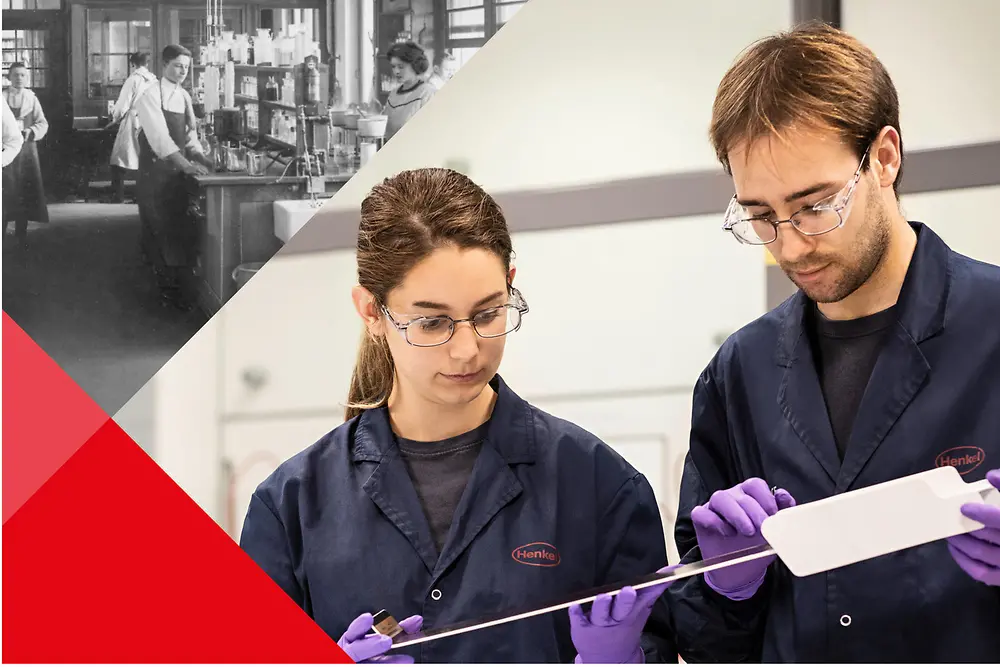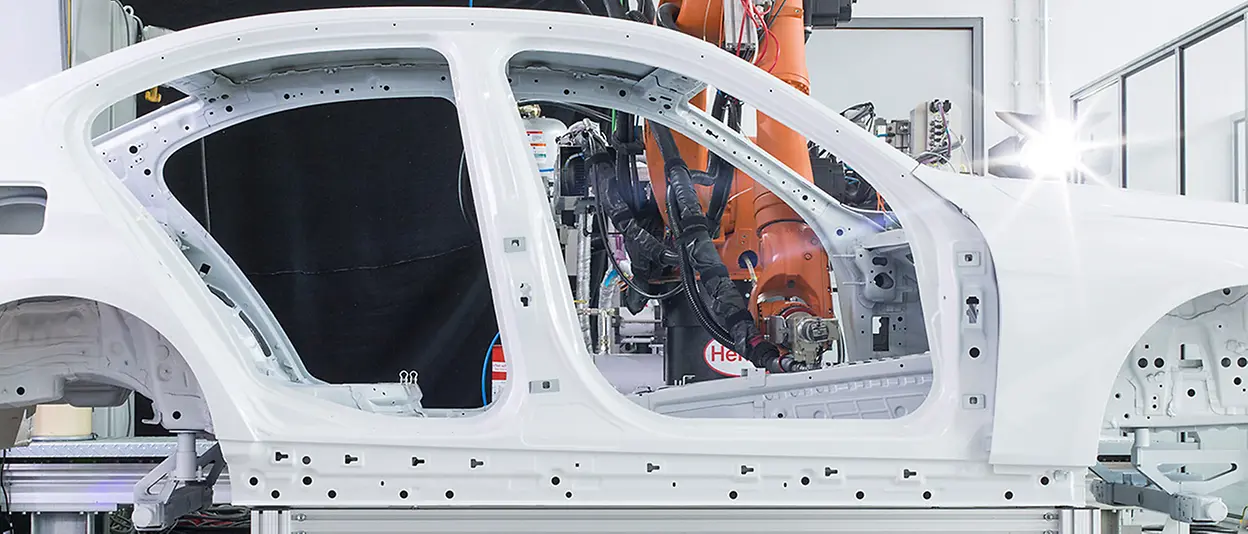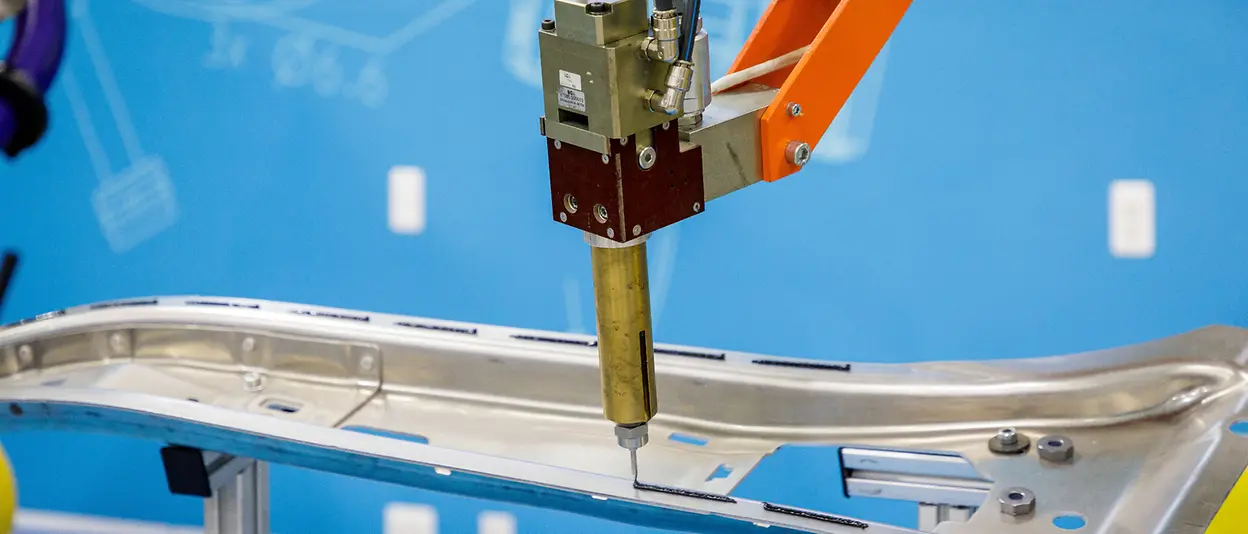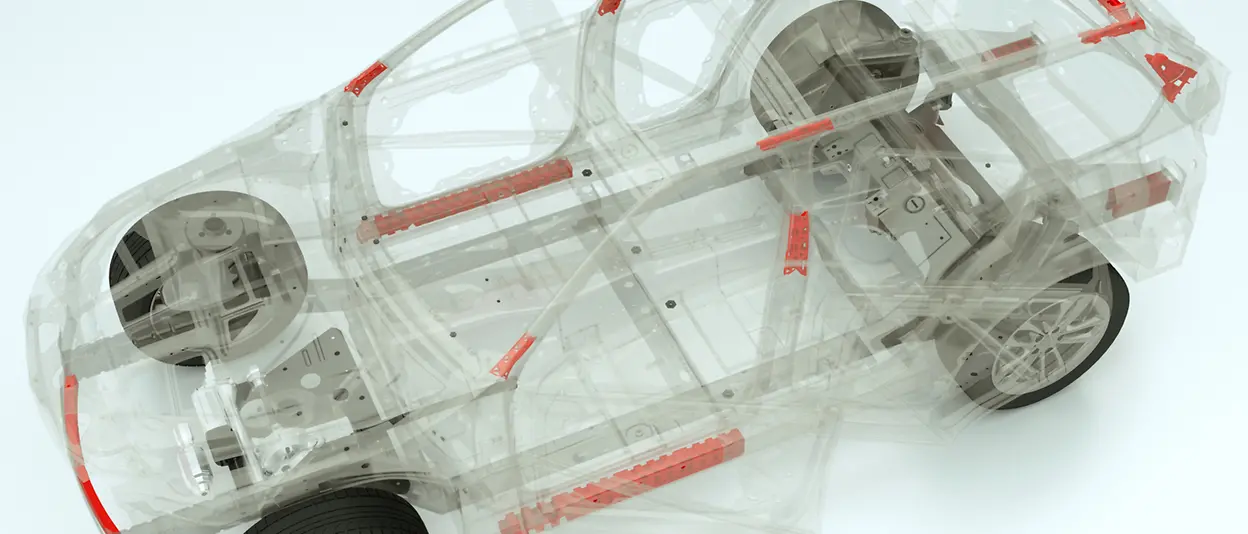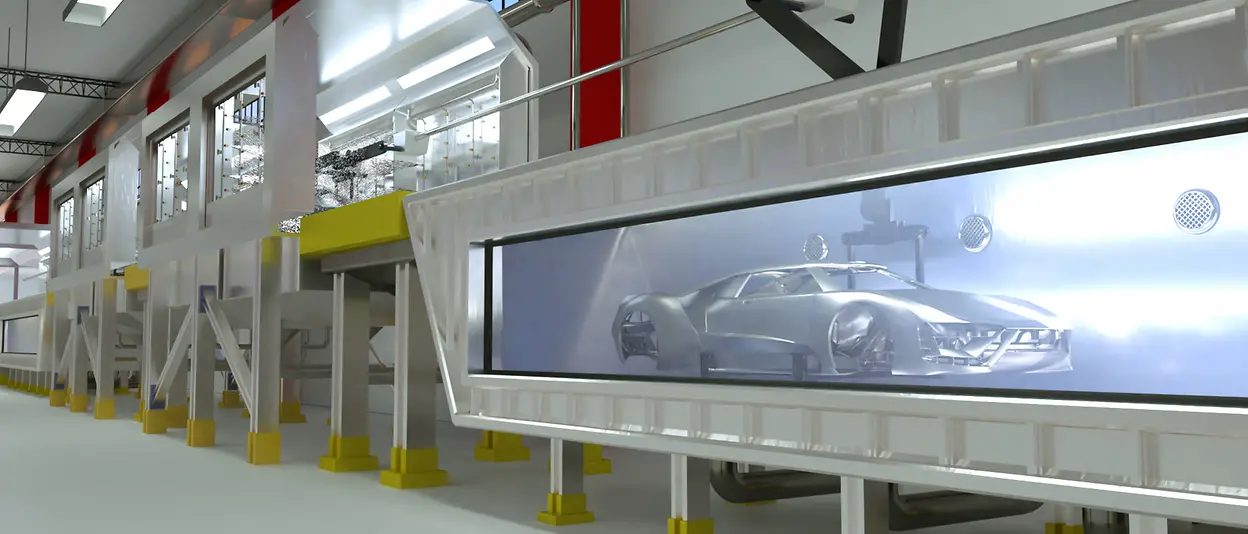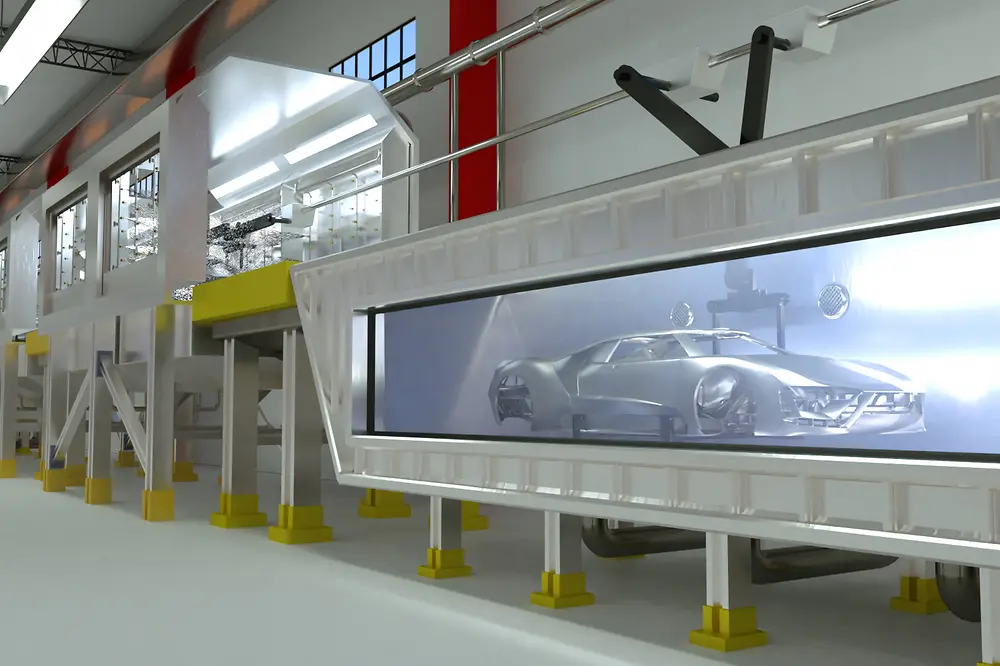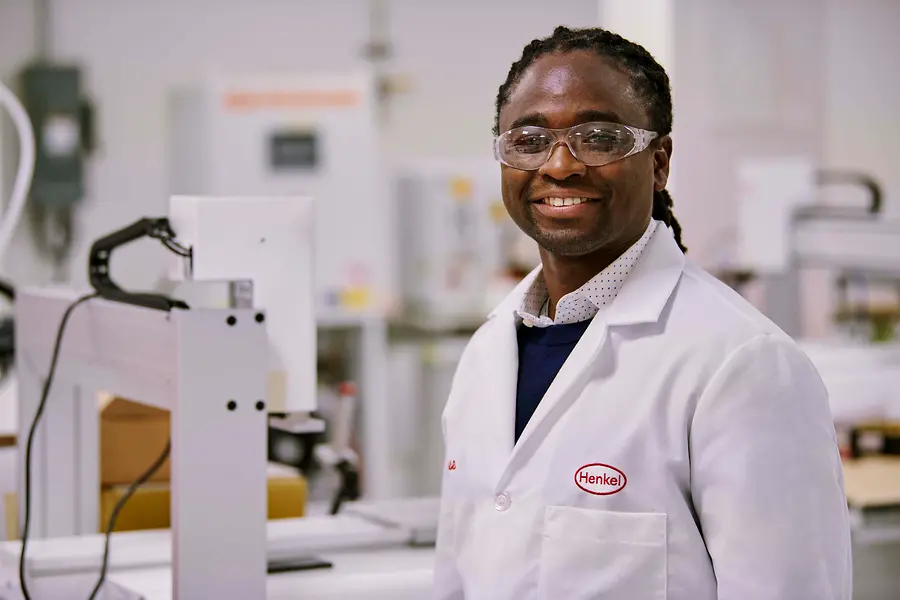Découvrez les marques et les technologies de nos unités commerciales Henkel Adhesive Technologies et Henkel Consumer Brands.
Henkel’s Automotive Material Solutions Give Lightweighting a Lift
While a car’s style and performance take center stage, adhesive and material solutions work behind the scenes to make the driving experience safer, more comfortable and more sustainable. In fact, in the modern car, you’ll find around 300 adhesive applications.
As a leading global provider of adhesives, coatings and sealants, Henkel is committed to providing innovative solutions that drive sustainability across the automotive industry.
Lightening the Load
With a portfolio of strong, durable, bonding applications, Henkel’s adhesives allow automakers to reduce vehicle weight, while maintaining safety standards and performance. Using just 2.2 pounds of adhesives instead of heavier rivets and welds can reduce vehicle weight by 55 pounds.
Lightweighting is an important strategy to help the auto industry address environmental regulations around fuel efficiency and emissions, while continuing to enhance comfort and safety for the driver. As manufacturers ramp up electric vehicle (EV) production to meet consumer demand, lightweighting only grows in importance and adhesives play a critical role.
Currently, electric vehicles are roughly 30 percent heavier than traditional gas-powered vehicles. This is largely due to the weight of the battery, which spans the length of the vehicle body. The use of more lightweight materials in EV manufacturing helps to offset the weight of the battery and increase driving range — a key selling point for consumers.
Structural inserts and metal pretreatments also support lightweighting and help Henkel pave the way for more sustainable vehicles.
Structural Inserts
Designed for a wide range of uses, Henkel’s structural foam materials help improve vehicle safety while also reducing weight and manufacturing costs. Injection-molded onto plastic or metal carriers, Henkel’s three-dimensional structural inserts can be used to replace heavier parts, such as steel bolts, welding or panels.
In addition to delivering crash performance tests that match the performance of steel, structural foam materials act as insulation to help reduce vehicle noise and vibration for a smoother, more comfortable ride.
Henkel‘s structural inserts proved the perfect solution when Hungarian-based automaker Magyar Suzuki Corporation was looking to improve lightweighting and body stiffness (which aids in vehicle control, safety and comfort) in its new S-Cross model. This is the first model globally for the Suzuki Group that will incorporate structural inserts of any kind. This approach is commonly seen in other North America OEMS and globally.
Next-Generation Metal Pretreatment
More than four million vehicles are pretreated every year with Henkel’s Next Generation Metal Pretreatment process. Many years of research led Henkel to the zirconium oxide-based conversion coating, which offers a more sustainable alternative than the traditional zinc phosphate pretreatment process.
Henkel’s award-winning pretreatment performs well across metal types, allowing automakers to introduce up to 100% aluminum on vehicle bodies, which is lighter than the traditional steel. Additional environmental benefits include elimination of heavy metal phosphates and up to a 90 percent reduction in sludge generation*. Compared to a conventional metal pretreatment, Henkel’s process also reduces the steps required from seven to four, significantly reducing the automaker’s carbon footprint.
The Mobility Alliance
To build sustainability into car design from the ground up, Henkel partnered with RLE International, a world leader in the provision of engineering development and technology services, to form The Mobility Alliance in 2018.
Click here to view a video on the Mobility Alliance optimization process.
This strategic partnership blends Henkel’s material science know-how with RLE’s engineering expertise to create sustainable solutions in every step of the manufacturing process — from concept through production. In a recent pilot project conducted by the Alliance, the weight of an electric SUV was reduced by roughly 10%, and the number of rivets and welds by 6%, by adding structural adhesives.
Sustainable solutions like these play a key role in helping automakers and consumers reduce their environmental impact. And Henkel will continue to put the pedal to the metal to take lightweighting to new levels.
Read this news release for more information about Henkel’s innovative pretreatment process for the auto industry.
*Compared with traditional zinc phosphate pretreatment process

